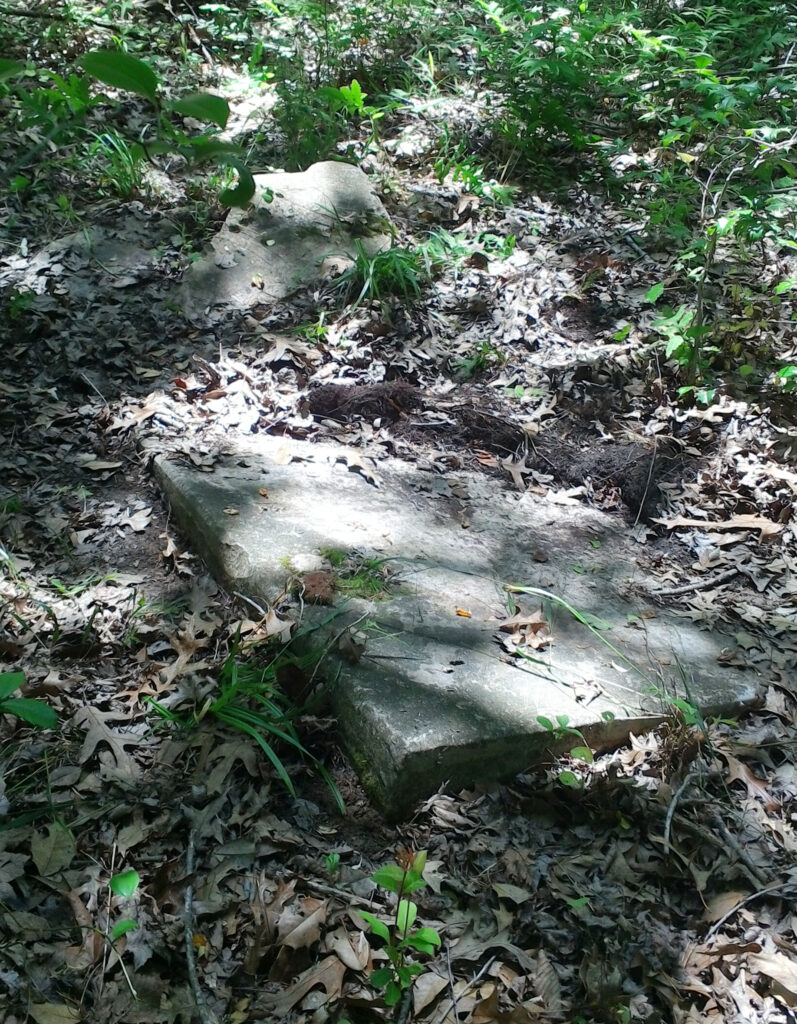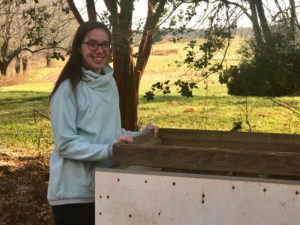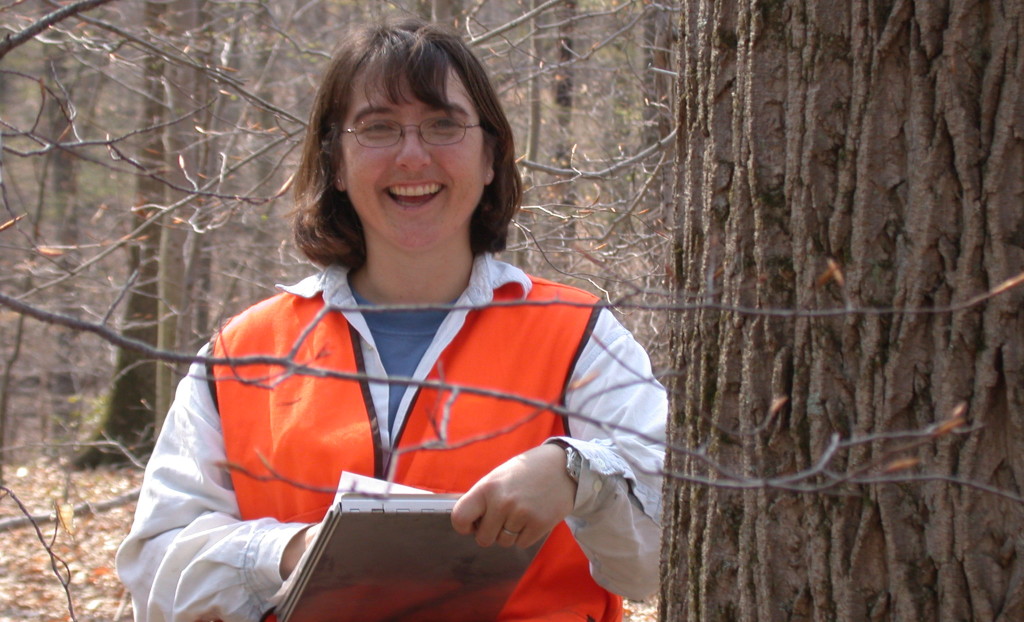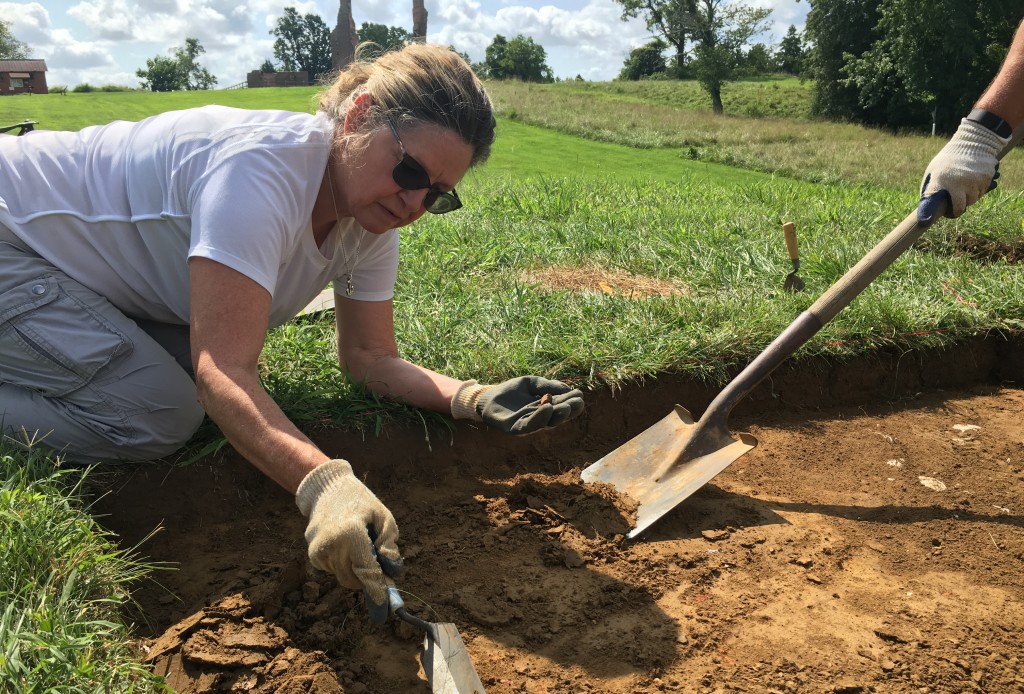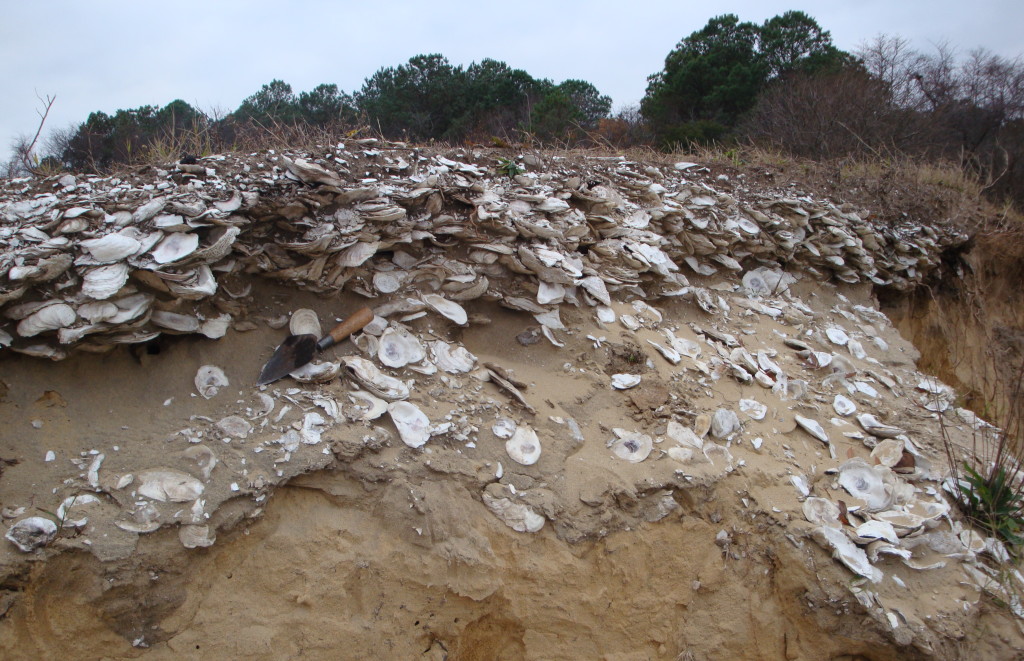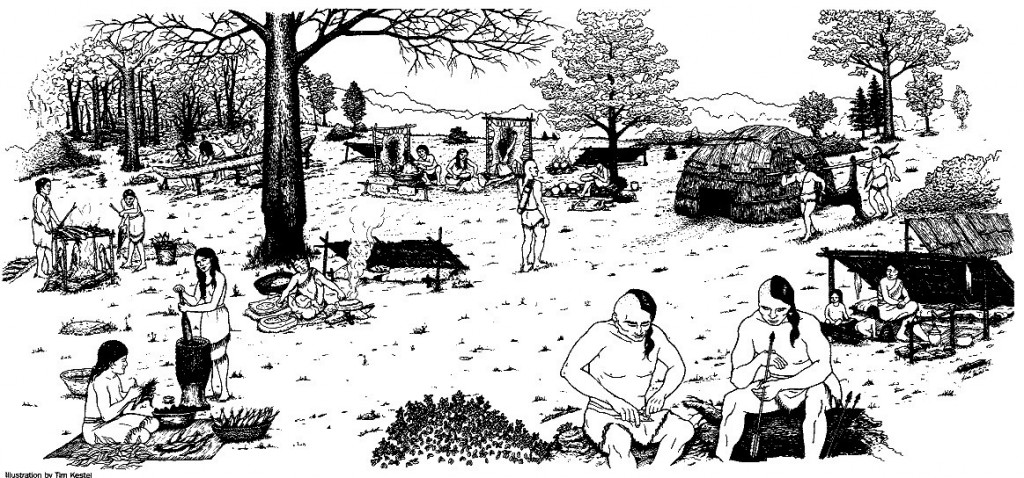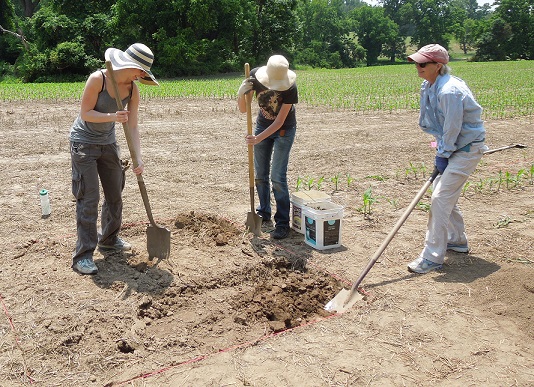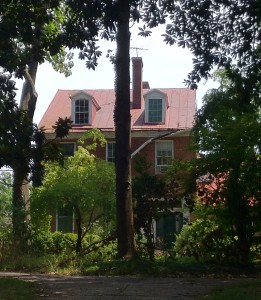by Kristen Minogue
Author’s Note: SERC is keenly interested in finding more descendants of the Sellmans, Contees, enslaved Black families, tenant farmers and others who lived and worked on what is now the Smithsonian Environmental Research Center. If you wish to be part of documenting our shared history, please send information to Kristen Minogue at minoguek@si.edu.
On March 19, 1685, a major named Thomas Francis took his wife on a boating trip to visit their neighbors across the Rhode River, at a plantation called Tulip Hill in southern Maryland. He never returned. Francis drowned in a boating accident on the way back, at the young age of 42.
His tombstone bore a poetic inscription urging his family not to mourn, but to hope for a reunion after death. One snippet read: “For tho grim death thought fitt to part us here/Rejoyce & think that wee shall once appeare/At that great day when all shall Summond be.”
Fast forward to the 1850s. The field where Thomas Francis lies buried now sits near the intersection of two plantations belonging to the Contee and Sellman families. Both families rely heavily on enslaved Black families to grow wheat, corn and tobacco. Like many wealthy plantation owners, the Sellmans bury their dead in a family cemetery near the house.
Dozens of people lived, toiled and died on the land that today forms the Smithsonian Environmental Research Center (SERC). But much remains unknown about their burials. SERC staff knew that Thomas Francis’ tombstone—reportedly the oldest in Maryland’s Anne Arundel County—was on SERC property, but at least a decade had passed since anyone had seen it. Three gravestones once inside the Sellman family cemetery now sit in the nearby All Hallows Church. While small footstones and brick pavers still mark the original graves, SERC staff didn’t know how many other Sellmans lay under the site. There are rumors, but no definitive records, of where the enslaved people had their final resting place.
Today, a team of archaeologists, historians, citizen scientists and cadaver dogs is on the brink of solving the mystery.
Click to continue »

